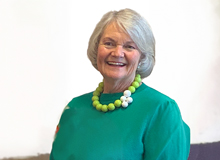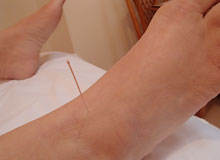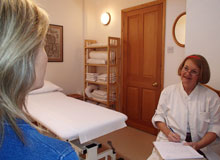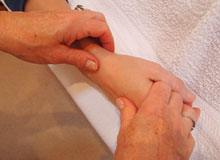Susan Thorne
2/11/48 - 20/10/2023
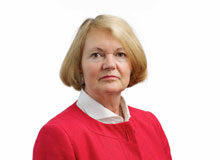
After graduating from the College of Traditional Acupuncture in 1993, Susan built a career that blended her foundational training in 5-Element acupuncture with the wider principles of Traditional Chinese Medicine (TCM). Before her move into acupuncture, Susan spent 25 years working in the television industry at the BBC.
In 1996 Susan opened Tanglewood Clinic, located on the small farm she ran with her husband. She established one of the first Regional Groups for the BAcC. Her practice flourished, leading to increased involvement in the BAcC, where she served on various committees and eventually led both the Executive Committee (EC) and the newly formed Governing Board (GB). After fulfilling her three-year commitment as Chairman, Susan continued to practise at Tanglewood Clinic until she retired in 2022, having ensured continuing care for her patients.
Susan's approach to acupuncture was always influenced by her background in dance, her understanding of bodily mechanics, and her training in tai chi and massage.
Throughout her career, Susan was deeply committed to helping others navigate their own life's journeys through acupuncture, drawing on a rich tapestry of experiences and methodologies that illustrate the diverse pathways within the field.
Susan will be greatly missed by all – from her local colleagues and patients whom she knew and helped, to the wider acupuncture community for whom she campaigned through the BAcC to build a stronger and more unified voice for traditional acupuncture and complementary medicine in general.
